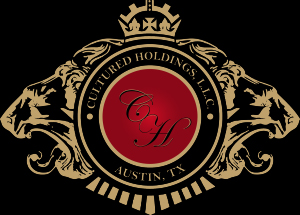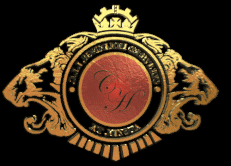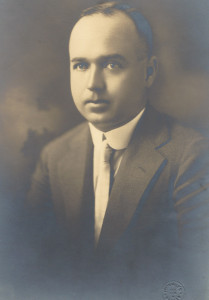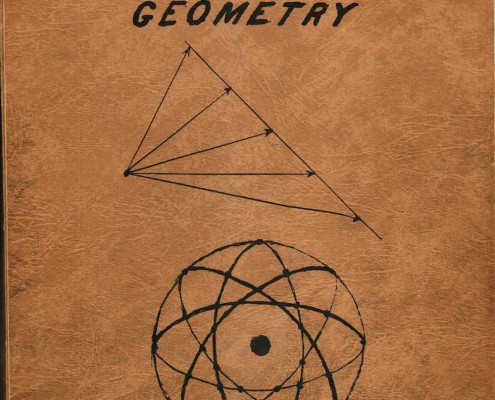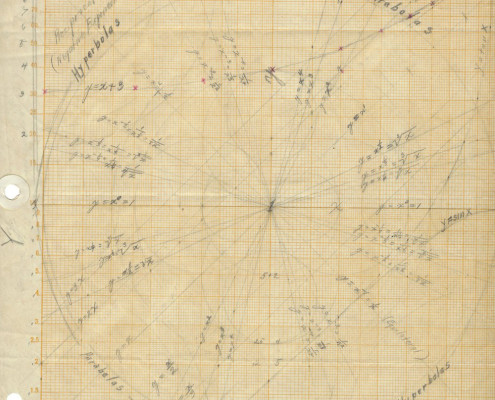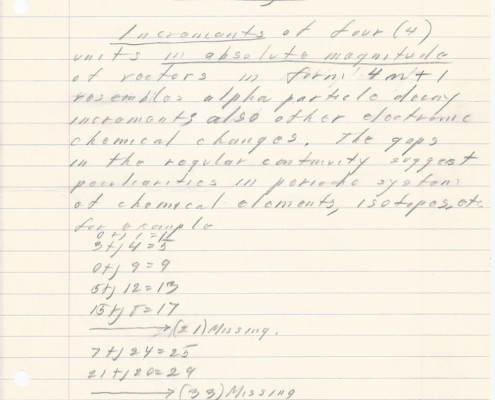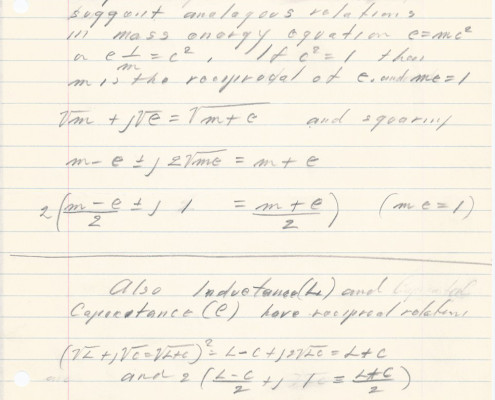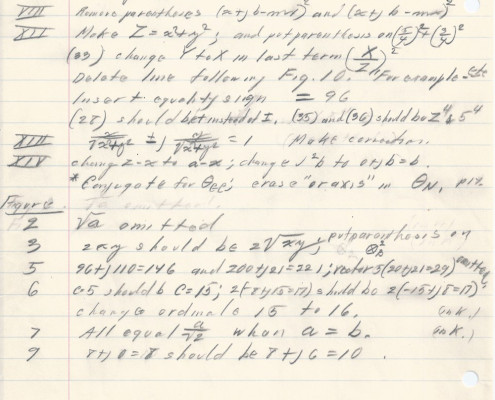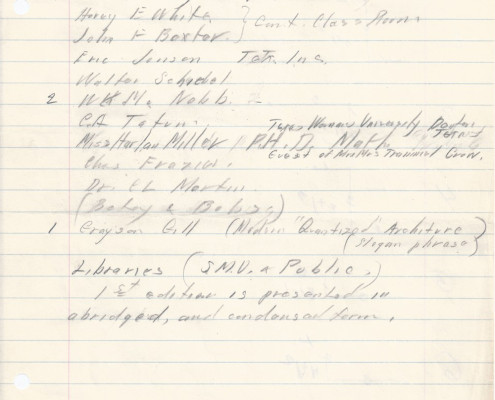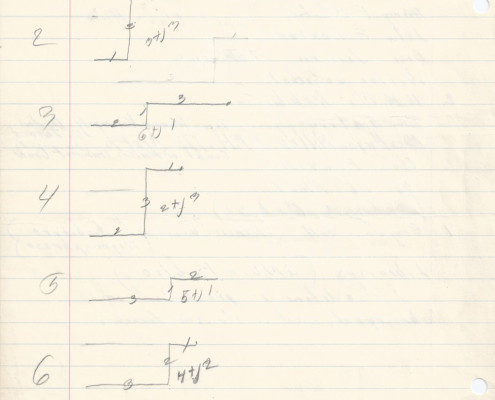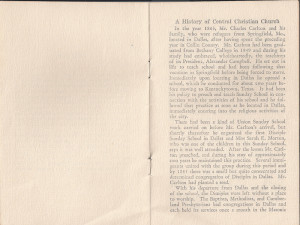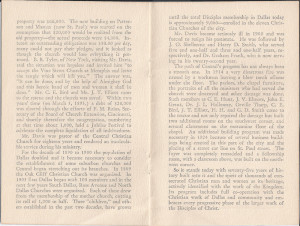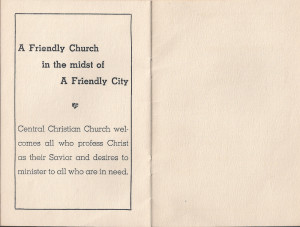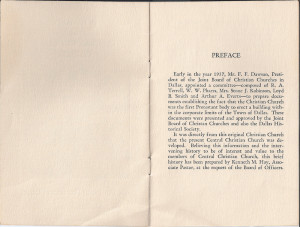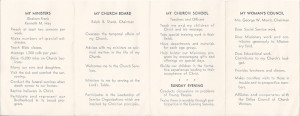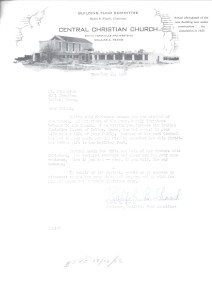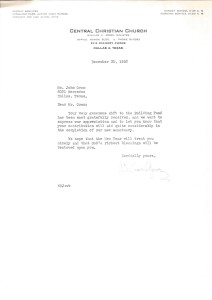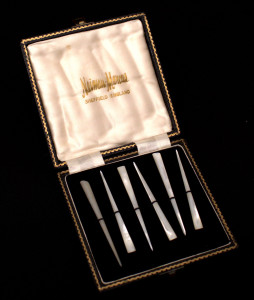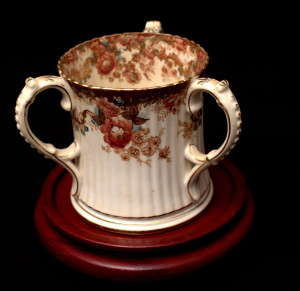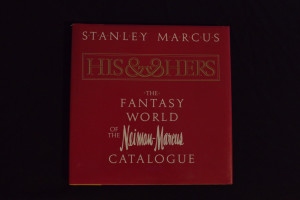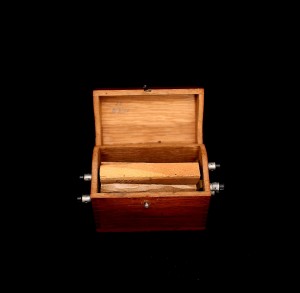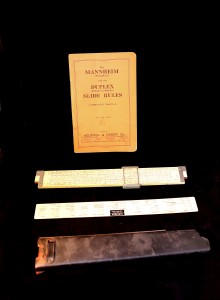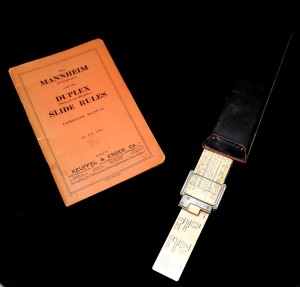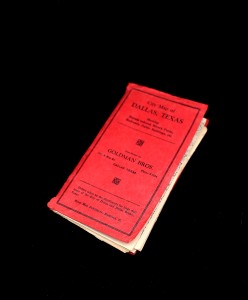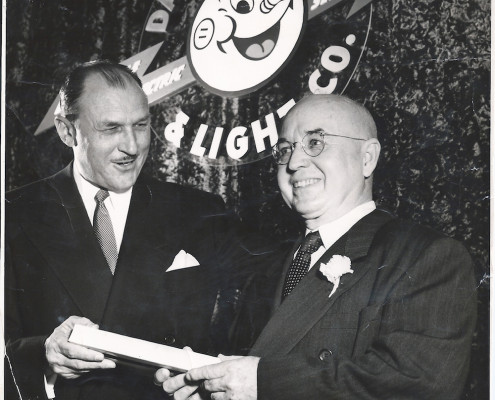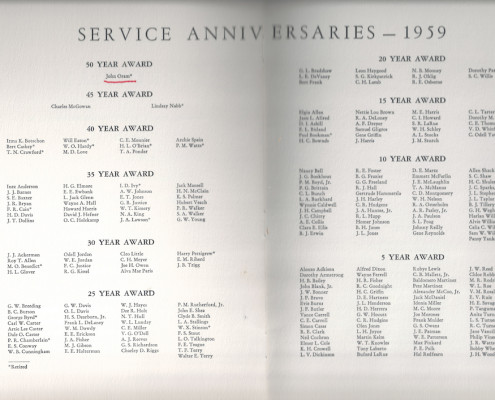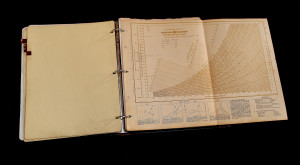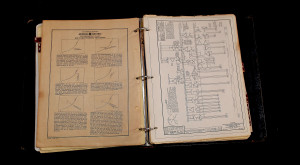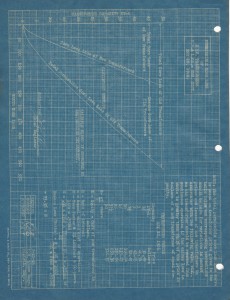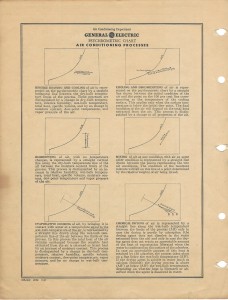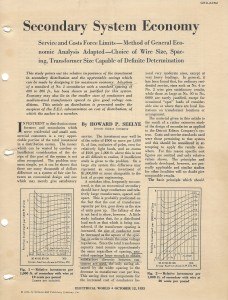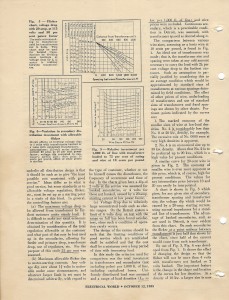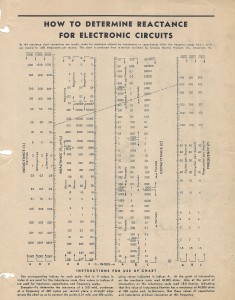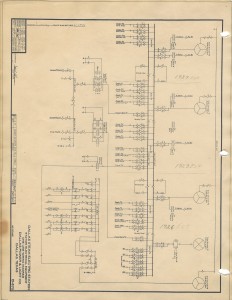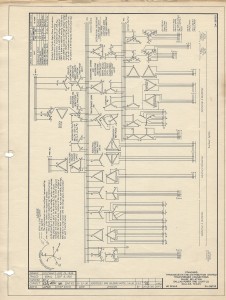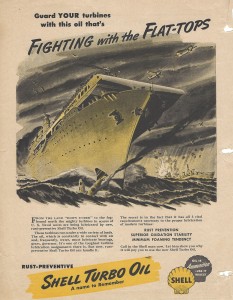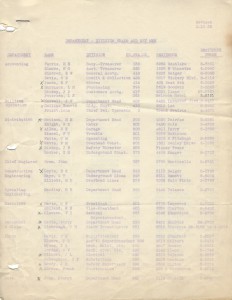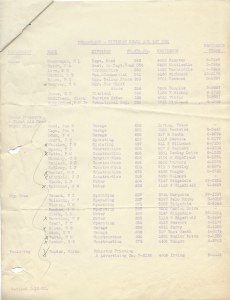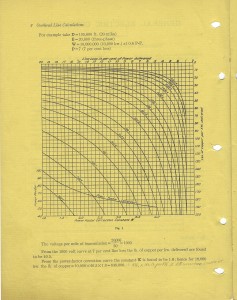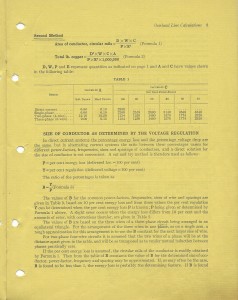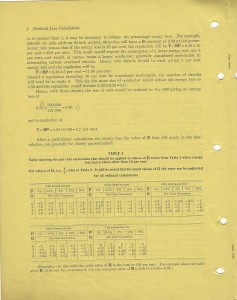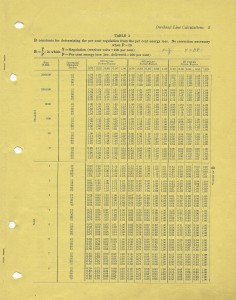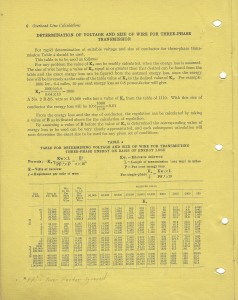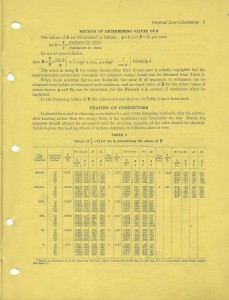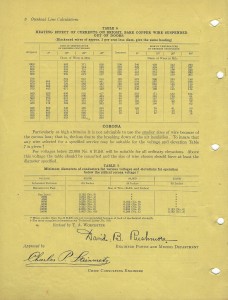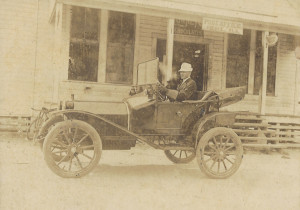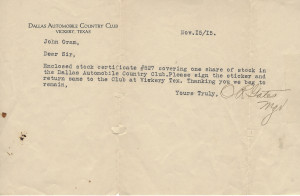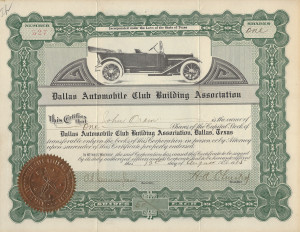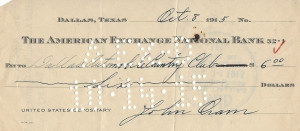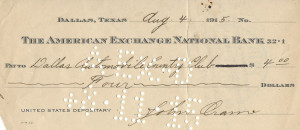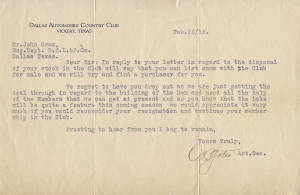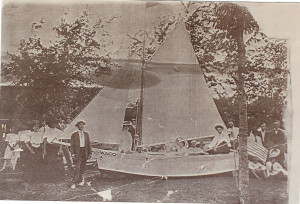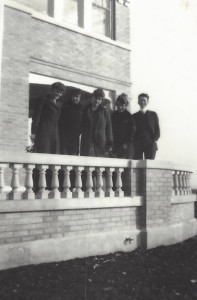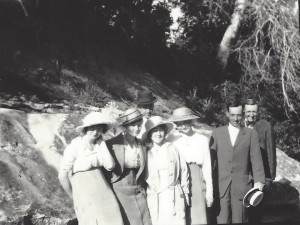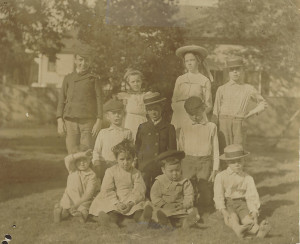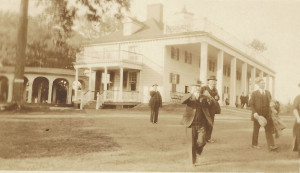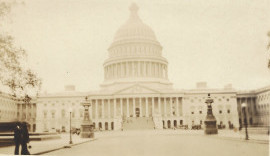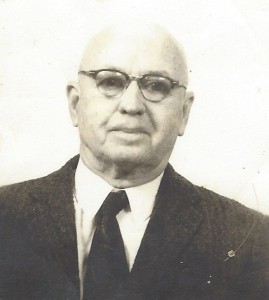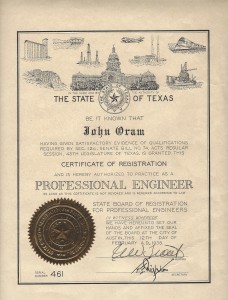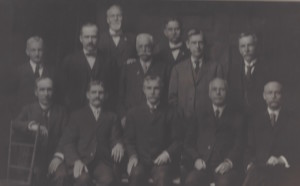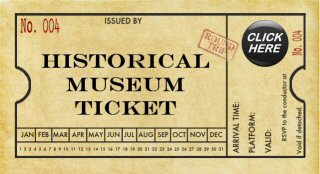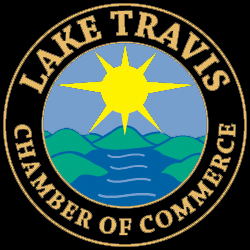John Oram
(1889-1963)
John Oram page under construction. Please pardon the mess.
Quantized Geometry 1960
John Oram discovered a simplified theory for Quantized Geometry.
This collection will showcase John Oram’s original notes, letters and drafts; Displayed is a first edition text book written and copyrighted by him in 1960 and used in colleges across the country.
Quantized Geometry
Modern Mathematical Methods for Advance Students in Analystic Geometry
By: John Oram, P.E.
First Edition Copyright 1960
Contribution to the Church
mini-pics
Christian Church info here
Trip to Boulder Dam
mini-pics
Stanley Marcus
Stanley Marcus was a very close friend of the Oram’s. The Marcus and Oram families exchanged numerous gifts, including a signed “Fantasy Collection” Neiman Marcus catalogue (right).
This shaving cup was a present from Stanley Marcus. The occasion is unknown.
Birthday wishes 1982.
fuse box
ruler
Dallas Power & Light
While John Oram, chief engineer of the Dallas Power & Light Co, Dallas Texas, is recognized generally as a man of high attainments in his profession, he is probably best known for the underground network system installed in Dallas under his direction during the last few years, at a cost of around three million dollars. The underground network has proven a success from the standpoints of service and efficiency., and was the first underground network system to eliminate voltage regulators. When writing about a man so modest as Mr. Oram, his work must be made to speak for him the things he will not say himself. Under his guidance his company has made noteworthy advances in the transition and distribution of power.
The company has done considerable work along the lines of developing street lighting; was one of the first utility companies to recognize radio interference from defective wiring and devices. Mr. Oram has also done considerable work in and has given to the industry, new methods of testing and locating cable faults in underground systems.He was born in Dallas July 9, 1889, and attended the public schools in that city, graduating from high school with a scholastic record, which won for him a course in electrical engineering with one of the leading correspondence schools. This was supplemented later by work in the electrical engineering department of the University of Texas.
For about a year he held a position with the Dallas Consolidated Street Railway. He then went with the meter department of the Dallas Electric Light and Power Company. Two years later he was transferred to the engineering department of the company, remaining with the company and it’s successor, Dallas Power & Light Company, until the present time. Four years ago he was appointed chief engineer. Possessed of a keen analytical mind, scientific research is his hobby, although any game, from “checkers to golf”, appeals to his interest.
DP&L book
First Licensed Car
misc.
Encyclopedia of Texas
excerpt:
John Oram:
An expert in many fields of electrical engineering, John Oram, of Dallas, Texas, was chief engineer for the Dallas Power and Light Company for over fifty years. Also an inventor, he had been issued patents on two important electrical devices, one of which was used during World War II to detect the approach of boats. He was a student of mathematics, and after his retirement in 1954 he worked on a book entitled “Quantized Geometry,” which was published in 1960. The son of John Milton and Sarah Helen (Stanford) Oram, John Oram was born in Dallas on July 9, 1889. He attended public schools in Dallas, and graduated high school in 1907. He then entered the University of Texas and received a Certificate of Engineering in 1909. He then commenced his career with the Dallas Electric Light and Power Company. He was then appointed chief engineer of Dallas Light and Power in 1925 and served in that capacity until his retirement in August, 1954. As the chief engineer, he directed the installation of the underground electric wiring system in downtown Dallas, a feat which earned him the title of the “Dixie Dynamo” in articles published in the 1920s in Electrical World and the Dallas News.
He also redesigned the street lights in Dallas along such modern lines that many are still in use today. Because of the long association he and his father had enjoyed with the utility company, Mr. Oram—although not a professional historian—was commissioned to write a history of the origin and growth of the Dallas Power and Light Company, a task he commenced in 1933. In addition to his productive career in the utility field, Mr. Oram followed in his father’s footsteps as an inventor. In 1938, he invented and patented a “Baseball Strike Indicator,” which he sold to Westinghouse. The invention makes use of a photo-electric cell method for calling balls and strikes in baseball games, and was later adapted in World War II to detect the movement and approach of ships. In 1951, he was granted a patent in a “current surge indicator,” a device which made possible the quick location of faulty or damaged portions of transmission lines.
His inventions were publicized in such magazines as Popular Science. After his retirement, Mr. Oram dedicated his time to the study of higher mathematics, a pursuit that resulted in the publication of his book “Quantized Geometry” in 1960. Because of his essential work at Dallas Power and Light, he was unable to enlist during World War I until shortly before the Armistice, and as a result was inducted and discharged on the same day. A registered professional engineer, Mr. Oram was a life member and a past president of the Technical club of Dallas, and belonged to the American Institute of Electrical Engineers. He was also a member of the Dallas Electric Club, and that group made him its mascot when he was born in tribute to his father. In his civic connections he was a fund raiser for the Community Chest for approximately ten years, and he belonged to the Knife and Fork Club, of Dallas.
A 32nd Degree Scottish Rite Mason, he was a member of the Knights Templar and the Shriners. Mr. Oram was a Democrat in politics, and a member of the Central Christian Church of Dallas, of which his father was a founder, and he was also a member of the Slayter Bible Class at the East Dallas Christian Church. In addition to mathematics, he enjoyed astronomy, having constructed one eight-inch and two twelve-inch telescopes; and he was exceptionally gifted as a musician despite his lack of formal training. A perfectionist in this as in many other fields, Mr. Oram could play almost any musical instrument. Duck and dove hunting were his favorite sport. John Oram was married at Dallas, Texas, on August 25, 1923, to Robbye Morrow, daughter of Robert E. and Cecil Elizabeth (Hill) Morrow. Mrs. Oram’s father was a merchant from Anson in West Texas before moving to Dallas in 1918. Mr. and Mrs. Oram became the parents of two daughters.
